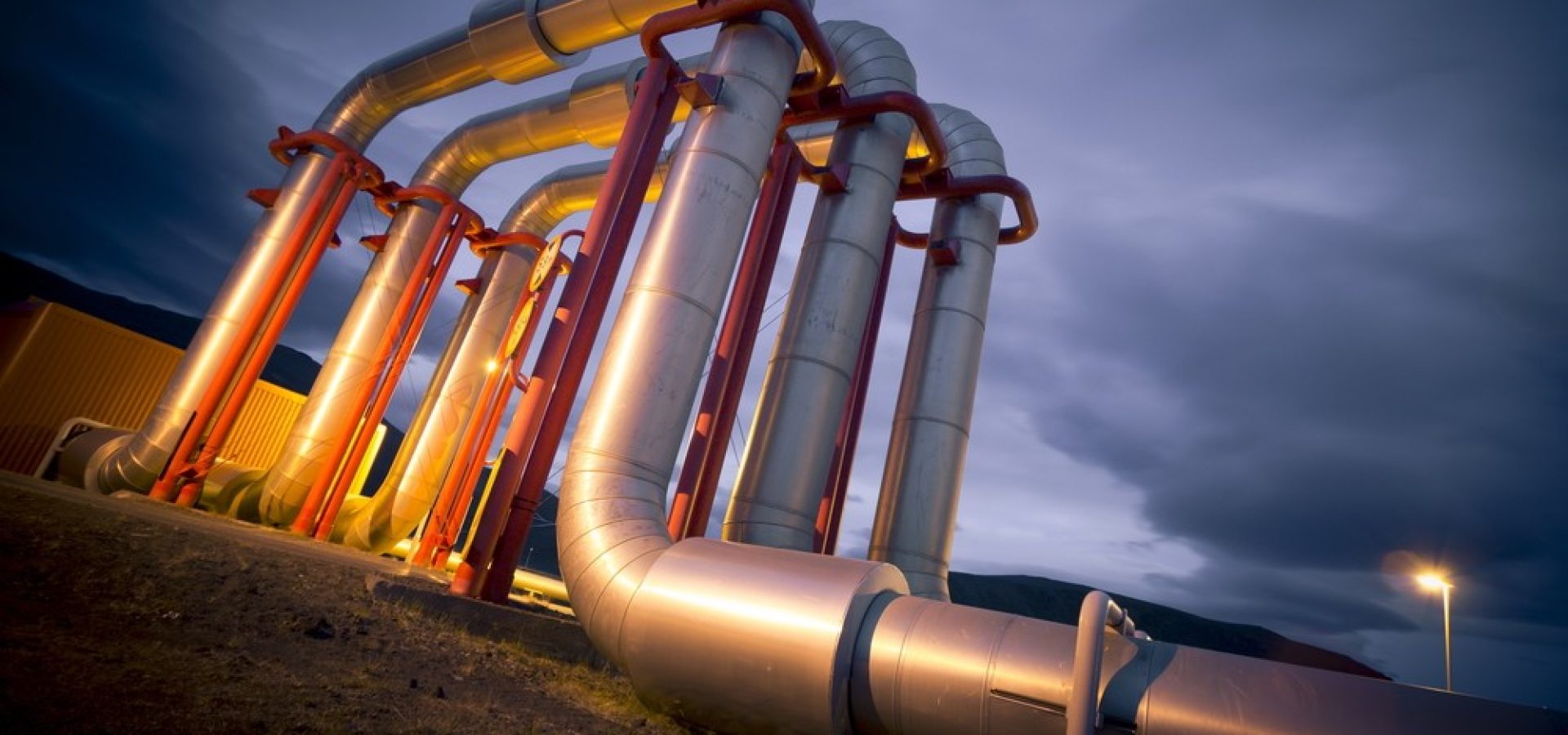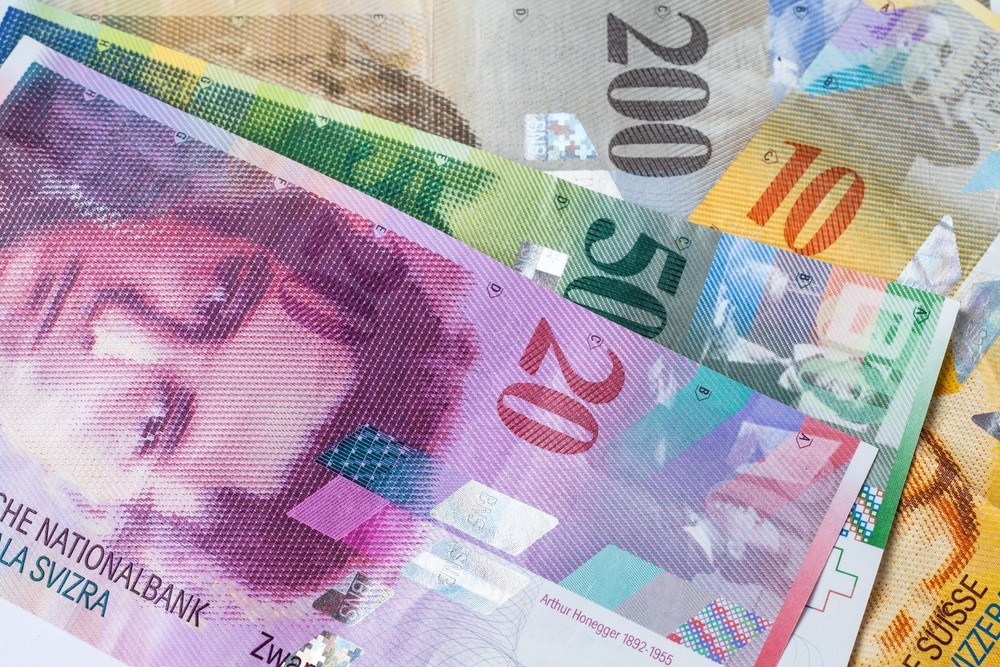The EU’s Energy Price Cap Will Not Succeed
After months of wrangling, EU energy ministers finally agreed on the first-ever gas price cap, which is set to go into effect in February. The measure’s goal is to alleviate the crisis that has engulfed Europe over the last year as a result of unprecedented increases in gas and energy prices.
To comprehend how the cap works, it is necessary first to comprehend what is causing the energy crisis in the first place. The rise in gas prices results from Vladimir Putin raising tariffs in retaliation for Western support for Ukraine. But that is not how energy markets operate.
In contrast to how it was up until a decade ago, long-term semi-fixed contracts tied to the price of oil no longer determine the price of European gas, nor can they be changed arbitrarily from one day to the next based on the whims of exporters. Instead, it depends on the gas price on spot markets or virtual trading exchanges like the TTF in Amsterdam or the NBP in the UK, where many energy traders and financial operators transact daily.
This means that financial market fluctuations largely determine the price of gas.
Since the early 2000s, the European Commission has favored the transition from oil-indexed contracts to spot market pricing, in line with European technocrats’ faith in the benefits of economic liberalization and marketization: the conviction that market forces, if left to their own devices, will always produce the best result—and the best price.
Allowing financial markets, notorious for irrational behavior, speculation, and price manipulation, to set the price of an economy’s most important commodity, energy, turned out to be a bad idea.
In other words, it’s yet another instance of the organization attempting to solve a problem it created. Worse, it might fail: not only is that price (and even the current price of €100/MWh) a massive increase over pre-2021 rates but there’s also a chance that the measure will reduce gas supplies.

Oil Prices Rise
On Wednesday, oil prices increased by more than 2% as data revealed a larger-than-anticipated draw in US crude stockpiles. However, growing worries about Chinese demand and a snowstorm expected to cause travel disruptions in the US constrained the gains.
Brent crude futures were up $1.77, or 2.2%, to $81.76 per barrel. WTI crude futures in the United States rose $1.68, or 2.2%, to $77.91.
Crude inventories in the United States fell by about 3.11 million barrels in the week ending December 16. Reuters polled nine analysts, who predicted a drop of 1.7 million barrels. At 1530 GMT, official government data is due. On Tuesday, Saudi Arabia’s energy minister said that OPEC+’s widely criticized decision to reduce oil output was the right one, contributing to a price rise.










COMMENTS